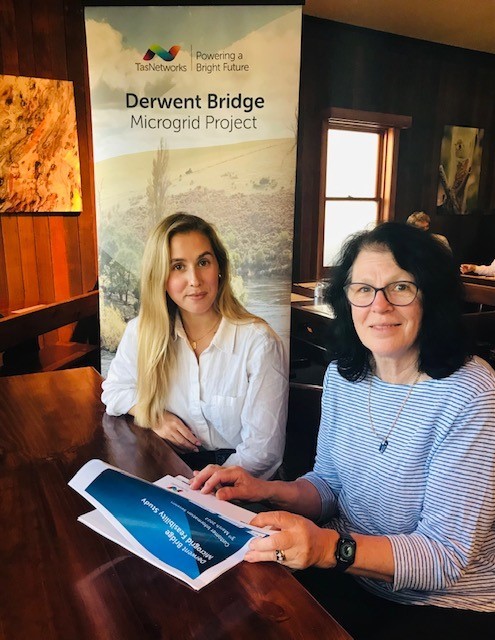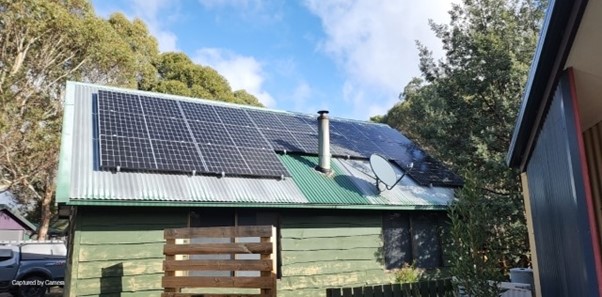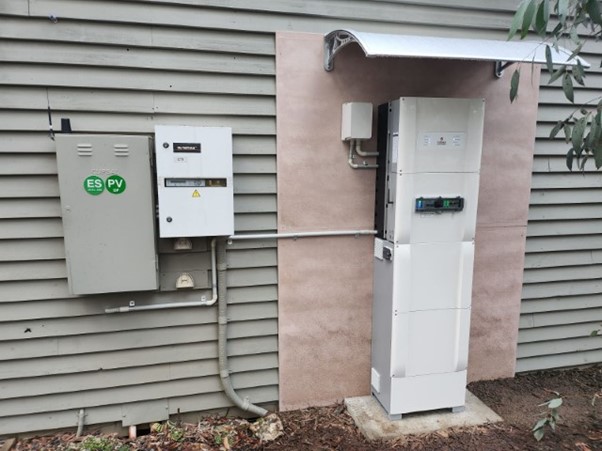Derwent Bridge Microgrid Project
Derwent Bridge, the gateway to the west coast of Tasmania and several world heritage-listed national parks, marks the headwaters of the River Derwent in central Tasmania. Uniquely located in the remote wilderness environment of Tasmania’s Central Highland, Derwent Bridge has only 10-15 permanent residents whilst seeing a large number of seasonal tourists either staying at the township or passing through each year.
The electricity supply to the Derwent Bridge community is maintained by a single 110kV powerline. This powerline, which is 16.3km long, was commissioned in 1939 making it approximately 80 years old. The existing powerlines, while still in good condition for its age, will likely need to be replaced in the next 10 to 20 years.
These factors made a study into the feasibility of installing a microgrid at Derwent Bridge an attractive option to consider.
In 2021, the Australian Government provided a grant to TasNetworks for the Derwent Bridge Microgrid Feasibility Study through the ‘Regional and Remote Community Reliability Funds Microgrids’.

The project was led by TasNetworks and supported by the University of Technology Sydney (UTS) as Lead Researcher, Redback Technology as Technology Partner and Australian Power Institute (API) as Knowledge Partner for the project.



What is a Microgrid?
A microgrid is a small, self-sufficient energy system that can operate independently or in parallel with the main power grid. Microgrids use local electricity sources, storage and control technologies to provide reliable power to a small geographic area. They are designed to enhance energy security, support renewable energy use, and if required, can switch between being connected to the main grid and operating their own “micro” energy system.
The Project
TasNetworks, supported by the project delivery partners, investigated the feasibility of installing a microgrid as an alternative power supply for the Derwent Bridge community. As part of this investigation, solar panels and battery storage solutions, along with a range of other devices were installed on selected premises across the community to understand energy use and behaviour. This information was utilised to support the microgrid feasibility investigation and to assist with developing tools and approaches to help design typical microgrids in remote communities.
Community Engagement
The project team engaged directly with the Derwent Bridge community through face-to-face meetings, surveys and presentations. The community provided the project team valuable insights and understanding on sentiment relating to energy such as energy system understanding, behaviour and use.
Installation of Microgrid Equipment
The project installed a range of equipment to support the project investigations including, solar panels, batteries and energy load monitoring devices. These devices provided the project team valuable information on how energy is used in the Derwent Bridge community as a representative microgrid community.

To complete the microgrid feasibility study, the project team carried out a number of research and investigation activities including:
- Researching and investigating national and international experience in microgrid development and planning to identify best practice
- Research and development of data models to efficiently and accurately support feasibility, planning and operational considerations to implement a microgrid in a town such as Derwent Bridge
- Development of an electricity network model tool that simulates current and future demands of a network, such as at Derwent Bridge which also supports scenario testing
- Testing various microgrid scenarios using the electricity network model in a range of load and generation conditions for Derwent Bridge
- Development of business and financial models to support the development and operation of a microgrid in a range of situations and scenarios

Project Outcomes and Findings
Overall, the Derwent Bridge Microgrid feasibility study successfully delivered the project’s key outcomes. Several approaches and tools were developed which can be used to assist with developing future microgrids such as:

- Best practice approach to community engagement for microgrids
- Data and Network models to support planning and development of microgrids
- Network digital twin to support microgrid scenario testing and forecasting
- Planning and financial modelling tools to support business case development
This project has provided valuable insights into the future of microgrids in Tasmania and provides learnings and tools that will be useful to assist with development of future systems to meet community needs. At this stage a microgrid at Derwent Bridge was not found to be feasible based on current technology and other parameters and will be reassessed in the future when energy generation and storge solutions advance.

